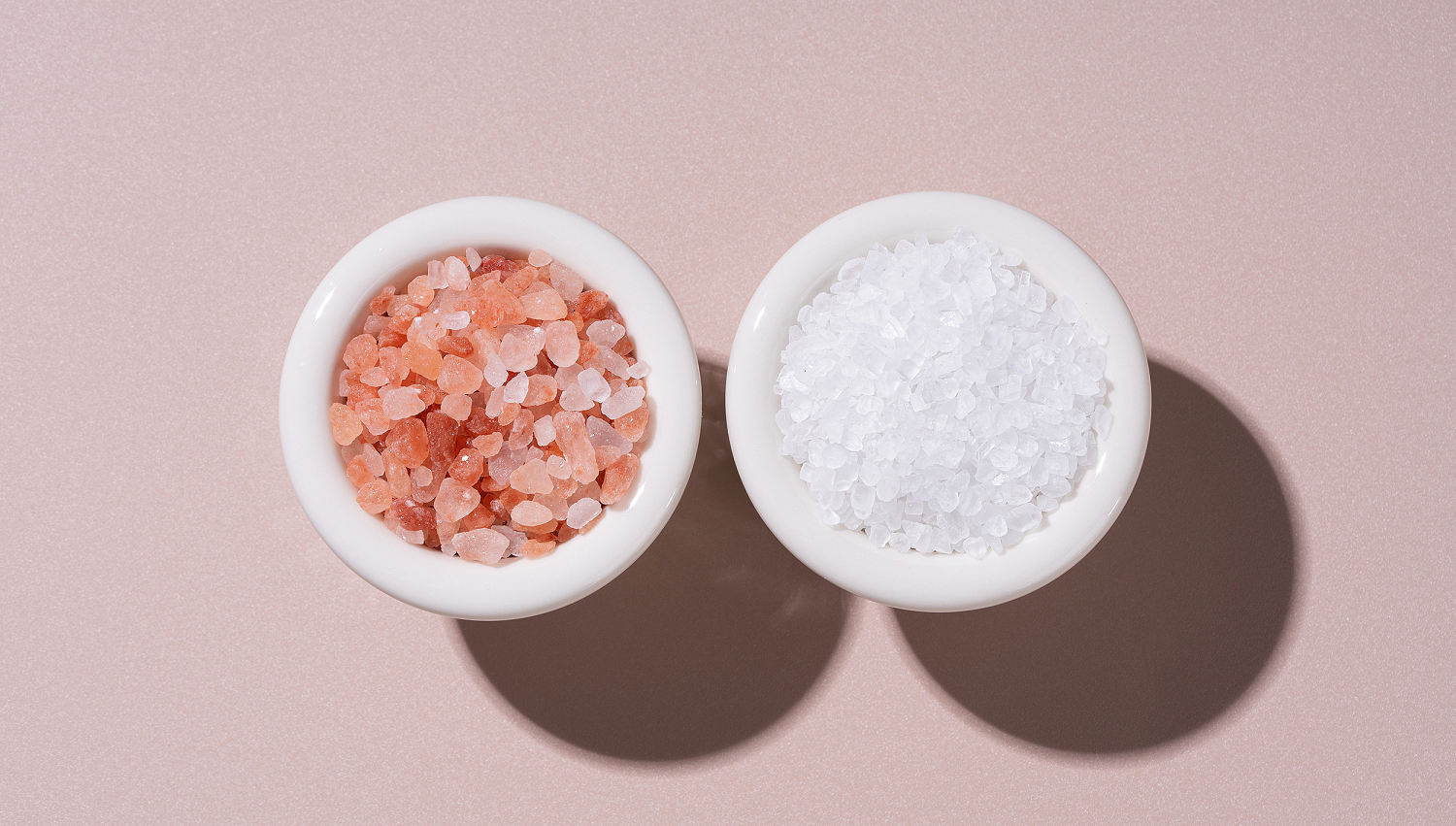A bit of salt in the diet is necessary for good health. The seasoning is also a kitchen staple and taste booster, but Americans consume way too much — usually without even picking up a saltshaker. More than 70% of sodium consumed in the U.
S. comes from processed and prepared foods, according to the . That means every bite of pizza, deli meat and bread already comes packed with salt.

When people do have a chance to select the salt they want to sprinkle on their food, there’s a surprising number of options on the supermarket shelf. What’s the healthiest choice? Here’s what the experts say: Salt is an essential nutrient, meaning that the body can’t make it, so you need to get it from food, says registered dietitian Natalie Rizzo, nutrition editor for TODAY.com.
“Sodium is an that plays a role in hydration and cellular function,” Rizzo notes. “The daily value of sodium is 2,300 milligrams, meaning you can have that amount in a day without any adverse effects.” That’s about 1 teaspoon of table salt, or sodium chloride.
But the average American consumes about 40% more, or 3,300 milligrams of sodium per day, the notes. can raise blood pressure, and the risk for heart disease and stroke, the agency warns. The FDA has been urging the food industry to use less salt, noting that could prevent hundreds of thousands of premature deaths.
“Reducing sodium in the food supply has the potential to be one of the most important public health initiatives in a generation,” said Jim Jones, FDA deputy commissioner for human foods, in a on Thursday, Aug. 15. Salt shoppers have several options to choose from: This is usually table salt fortified with , a mineral important for thyroid function.
“Iodine is also in fish and dairy products, but the main source of iodine in the diet is iodized salt. Without enough iodine, you may experience goiters or ,” Rizzo says. The addition of iodine doesn’t affect the taste or smell of salt.
Table salt is mined from underground salt deposits, then processed, refined and ground into a fine texture. It doesn’t have added iodine. Specialty salts such as sea salt, kosher salt and Himalayan salt are usually not iodized, according to the .
Made by evaporating seawater, is less processed than table salt and retains small amounts of minerals. It can be flaky, fine or coarse. Sea salt is typically not iodized, though some brands are fortified with iodine.
With its larger crystals, kosher salt — traditionally used for prepared according Jewish dietary laws— is coarser than table salt or sea salt. It’s mined, but not iodized. Fewer of the large grains fit into a spoon, meaning kosher salt may have a bit less sodium per serving than regular salt, according to the .
Most of it comes from Pakistan’s Khewra salt mines. It’s less processed than table salt and usually comes in larger crystals. The shade of pink is determined by traces of iron oxide, or rust, .
Compared to white table salt, pink salt contains more calcium, iron, magnesium and other minerals, the analysis found. But the small amounts don’t make a “clinically significant contribution” to nutrient intake, the authors write. Pink salt is usually not iodized, but some brands are fortified with iodine.
Rizzo always recommends choosing iodized salt to get enough iodine. The body needs the mineral to make thyroid hormones, which control the body’s metabolism, and are key for bone and brain development during pregnancy and infancy, according to the National Institutes of Health. Any salt used for food should be fortified with iodine as a safe and effective way of preventing iodine deficiency, the recommends.
There’s really no reason to choose non-iodized salt, Rizzo says. Iodine aside, table salt, kosher salt, sea salt and Himalayan pink salt are all pretty much the same in terms of nutrition, she adds. Pink salt has trace minerals, but those amounts are miniscule.
“We are talking 0.2% (daily value) of potassium or 0.1% magnesium.
Choosing one type of salt over another is not a good way to get these minerals in your diet,” Rizzo says. “Different types of salts may have different textures and tastes, and I recommend choosing the one that you like the most or makes the most sense in the recipe.” All salt is chemically similar; the main difference is the size of the grains.
“Salt is salt is salt, whether it’s pink or white or in tiny crystals or large flakes — it’s not good for us" above the recommended daily limits, Dr. Suzanne Steinbaum, a New York cardiologist, . A good way to reduce the salt in food is to increase the acid, Rizzo says.
“For instance, lemon or lime juice or vinegar adds a pungent taste and, as a result, you do not need as much salt to taste the food,” she notes. It may also help to avoid the “fancy” or coarse salt — people like the crunch of it and may inadvertently eat too much, says Dr. Susan Cheng, a cardiologist in the Smidt Heart Institute at Cedars-Sinai in Los Angeles.
“The less expensive regular salt you get from the grocery store that is not so fancy or coarse gives you as much taste for much less volume of salt. You’re ingesting less salt,” Cheng tells TODAY.com.
Another option is to experiment with salt-free seasonings, which can add flavor without the sodium. Such salt substitutes can lower risk of heart attack and stroke, a . A.
Pawlowski is a TODAY health reporter focusing on health news and features. Previously, she was a writer, producer and editor at CNN..



















